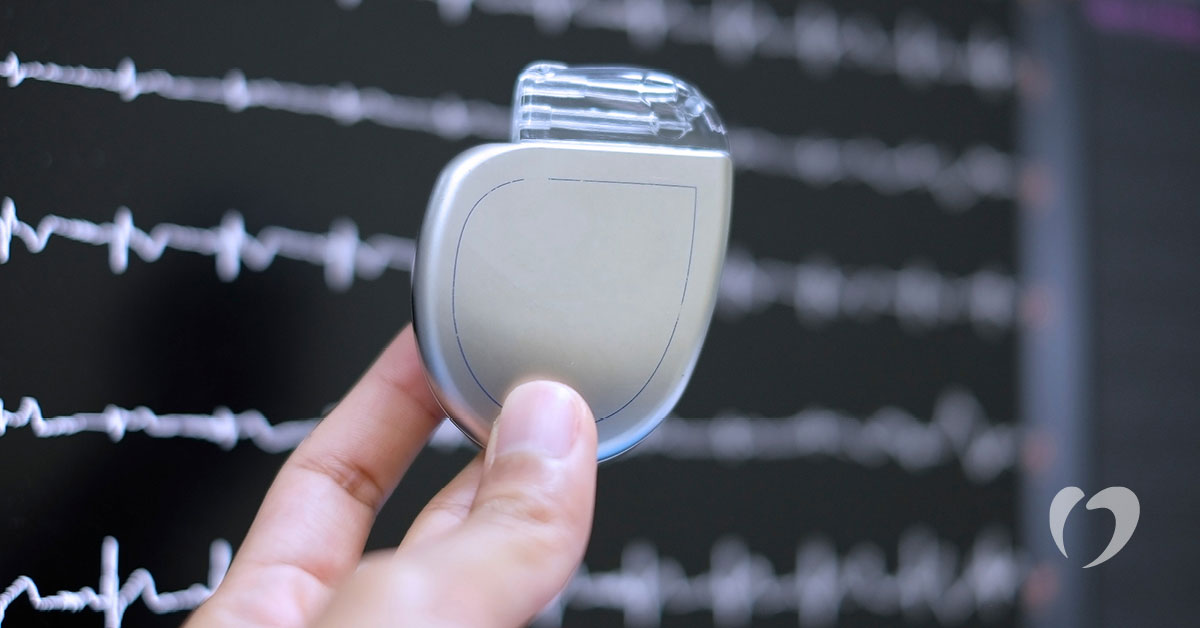Adjusting to Life with an Implantable Cardiac Device

The decision to treat your heart condition with an implantable cardiac device (ICD), like a pacemaker or defibrillator, can feel overwhelming. Whether you had time to consider the recommendation or if the decision was made during a crisis, adjusting to life with an ICD can take time. You will need to think about both the initial recovery period and the ongoing changes that may occur.
Understanding initial recovery and adjustment
ICD placement is a surgical procedure, and full recovery can take anywhere from four to six weeks. Most patients can return to some of their regular daily activities sooner, but your doctor will provide you with specifics on any activity restrictions during this time.
Life with an ICD begins with an understanding that, while an ICD will correct dangerous arrhythmias and prevent sudden cardiac arrest, it does not treat the underlying cause of your heart condition. Therefore, it may be necessary to continue taking your medications as prescribed. Talk to your doctor about all medications you take before and after your procedure.
Taking care of your device
The device itself requires minimal care, but knowing how to treat the ICD correctly is important. Most notably, there are some things that can interfere with your device’s operation and potentially lead to failure or unnecessary shocks. Be sure to take the time to review the specific guidelines for your device.
For example, magnets and strong electrical fields can interfere with an ICD, which can impact everything from travel to medical care. Some metal detectors and even handheld body scanners can interfere with your ICD, so be sure to inform airport screeners or other security personnel of your ICD and request a manual check if needed.
For many years, patients with ICDs could not undergo an MRI, but some newer devices are designed to allow for MRI screenings. Another option is the Oklahoma Heart Hospital MRI Device Clinic, which takes a specialized approach to MRIs that allows patients with pacemakers or defibrillators to be screened.
Cell phones should not be carried in a pocket over your chest, and headphones, which can have a magnetic substance, should stay at least six inches away from the device. Inform all medical professionals about your device, including your dentist, who may forgo x-rays due to your ICD.
Taking care of your emotions
After a major heart event and procedure to place an ICD, anxiety and post-traumatic stress are not uncommon. While a major heart event can induce PTSD on its own, the placement of an ICD may add fears about what a shock will feel like, questions about the operation of the device, and other concerns. Take the time to attend to your mental and emotional well-being before and after your procedure.
It is important to remember that you are not alone in your struggles and that help is available. If you need help finding a professional for additional support, reach out to your healthcare team for a recommendation.
Finding long-term support
OHH offers support for those living with an ICD. First, defibrillator clinics are located throughout the state for quarterly checkups to ensure the device is functioning correctly. Remote monitoring is available for some patients, which reduces the need to travel for regular appointments. Routine appointments and device checks provide doctors with information about your health and may lead to further treatment or recommendations for lifestyle changes.
Another aspect of our long-term support is The Arrhythmics, a support community for those with pacemakers and ICDs. This is a great place for you to connect with others who have experienced similar challenges with their heart health and can relate to your questions and struggles. Connecting with others who have walked the same road can be an important piece of recovery and support for your mental health.
OHH is here to support you during and after a heart event or ICD placement. If you have questions about your heart health or ICD, contact us today to schedule an appointment.
